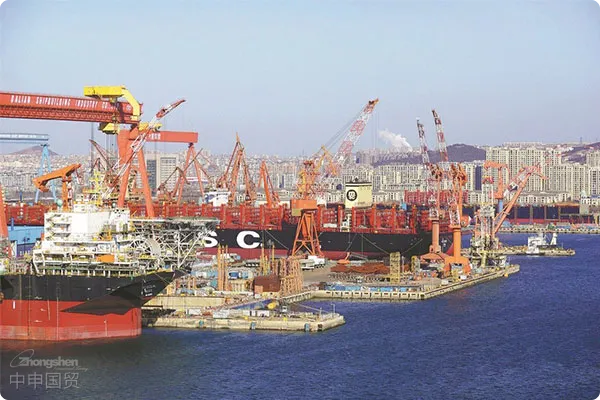- Shanghai Zhongshen International Trade Co., Ltd. - Two decades of trade agency expertise.
- Service Hotline: 139 1787 2118

Glass under the 2025 Tariff Policy ReformEquipment ImportsPanorama
The latest data released by the General Administration of Customs of China shows that...Provisional Tariff Rate Implementation Plan for 2025In the midst of this, the import tariffs on equipment for the glass industry have undergone structural adjustments. Among these, the tariff on annealing kilns for float glass production lines has been reduced from 8% to 5%, while...photovoltaicThe provisional import duty rate for deep-processing glass equipment remains at the preferential rate of 3%. Notably, customs has added...9013.8090The tax number specifically controls the import of laboratory-grade glassware, which will have a direct impact on the procurement of scientific research equipment.
Three Practical Rules for HS Code Classification
In the practice of customs commodity classification, glass equipment existsA 30% error rate in declarationsIt is mainly concentrated in the following areas:
- Misconceptions in Function Definition: The tax rate difference between laser cutting machines and ordinary cutting machines reaches 7%.
- Blind spots in material identification: Equipment containing precious metal components must be declared separately for additional taxes.
- Usage instructions missing: Differences in Regulatory Conditions for Industrial and Laboratory Equipment
The Precise Capture Path of Tax Incentive Policies
- Free Trade Agreement Utilization:
- Under RCEP, tariffs on Japanese-made glass molding equipment are reduced by 14%.
- The five-year tariff reduction mechanism for glass molds under the China-Korea FTA.
- Special regulatory policies:
- High-tech Enterprise Import Duty Refund Policy for R&D Equipment
- Catalog of Tax Incentives for Imported Major Technical Equipment (2025 Edition)
Customs Audit Focus Areas and Compliance Solutions
According to Announcement No. 38 of the General Administration of Customs in 2025, the focus of inspection for imported glass equipment has shifted to:
- It is recommended to verify through the following methods:Correspondence between names and device serial numbers
- Update of Residual Value Assessment Standards for Second-hand Equipment
- Details on the Declaration of Environmental Protection Equipment Surtax
Tax-saving operation examples for typical scenarios
Case 1:A photovoltaic company imported coating equipment manufactured in Germany, throughSplit customs declarationDeclare the host (5%) and the control system (0%) separately, saving 420,000 yuan in tariffs.
Case 2:Medical EquipmentThe company initially misclassified laboratory glass containers, resulting in an inability to deduct 17% VAT. After correction through professional classification services, a loss of 830,000 yuan was recovered.
The evolutionary direction of agency services in 2025
- Establish a dynamically updated HS code database (including 26 subdivided categories of glass equipment).
- Develop a tariff simulation calculation system (covering 12 trade agreement scenarios)
- Offering end-to-end visual tracking services for customs declaration.
Related Recommendations
? 2025. All Rights Reserved. Shanghai ICP No. 2023007705-2  PSB Record: Shanghai No.31011502009912
PSB Record: Shanghai No.31011502009912










